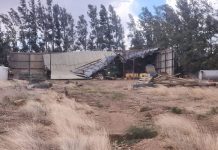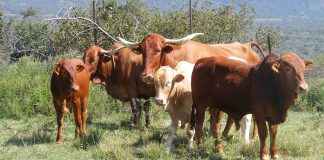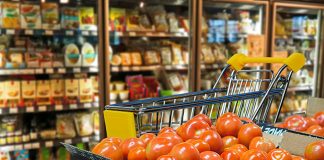The number of dairy farmers in SA dropped from 3 899 in 2007 to only 2 600 in 2011, and those who remain are faced with an unequal market. Of the 360 buyers in the country, the top five buy 65% of locally produced milk. In short, the major supermarket groups’ dominance is such that they all but have total control of the industry.
Add a 10% to 15% increase in veterinary costs, the proposed electricity increase of 16% and the 52% minimum wage increase, and a number of dairy farmers will not be able to survive the current low producer prices.
Dairy farmers receive lower milk prices because of a non-market-related price cut in June last year, which will have a negative effect on farmers for some time to come. Producer prices will have to increase significantly to avert a disaster and to guarantee the sustainability of milk production.
Success
Success in the dairy industry depends on two factors: the quality of the products and the support of milk processors. Successful advertising, exports and the development of new products are also important. Huge sums have been invested in the ‘Proudly South African’ food campaign, designed to encourage consumers to purchase domestically-grown and produced goods. Many of the large producers now produce and market their own dairy products, reflecting the increasing maturity of the sector.
The high demand for value-added products such as sour milk, yoghurt and cheese constitutes a market yet to be fully explored. However, this would require high investment, market knowledge and training.
Costly
On the other hand, the poor state of SA’s infrastructure makes it costly for farmers to transport their products, both for the domestic markets and for export.
Furthermore, the low profitability of milk production, the volatility of the market and the effect of imports in depressing producer prices make it difficult for emerging farmers to enter the industry.
The dynamics of pricing in the dairy industry, combined with the shelf-life of products, is such that farmers are almost ‘forced’ into accepting whatever price processors offer.
Farmers and producers also lack the expertise and equipment to pasteurise milk, while transport and quantity are major deterrents for small farmers to sell their products to large processors.
Buyers find it not worth the effort to access these farmers due to the road infrastructure and small volumes of milk produced. To the emerging farmer’s benefit, smaller processors tend to pay higher raw milk prices than the larger processors during periods of seasonal milk shortages because they lack the bargaining power of the larger processors.
During periods of surplus, large producers dump their products in the retail sector at low prices, making it difficult for the small processors to compete.
Subsidies
Internationally, the main milk-producing regions are the EU (31%), New Zealand (30%), Australia (12%) and US (5%). Milk production in SA makes a small contribution to world production, but it’s the fifth largest agriculture industry in the country.
Milk production in New Zealand and in other parts of the world is cheaper in comparison to South Africa, and imported milk from the EU and US is cheaper because of subsidies in these countries. Dairy companies there are paid a guaranteed floor price for designated quantities of dairy products. They’re also given a subsidy to bridge the gap between the supported domestic price and world market price. In the EU, dairy farmers are also paid subsidies for the use of certain inputs.
Exports
The SA dairy industry is an important earner of foreign exchange. In 2011, exports of dairy products amounted to 288 million kilograms valued at over R3 billion.

Imports
SA is also an importer of dairy products. The average import value over the past 10 years amounts to more than R468 million (over 28 million kilograms).













